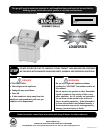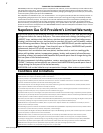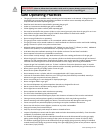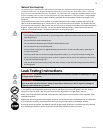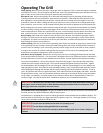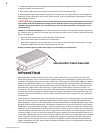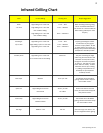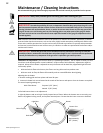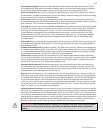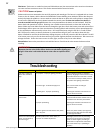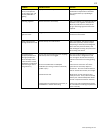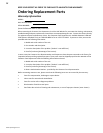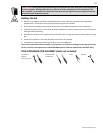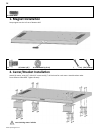Special offers from our partners!

Find Replacement BBQ Parts for 20,308 Models. Repair your BBQ today.

3
www.napoleongrills.com
WARNING! Failure to follow these instrucons could result in property damage, personal injury or
death. Read and follow all warnings and instrucons in this manual prior to operang grill.
Safe Operang Pracces
• This gas grill must be assembled exactly according to the instrucons in the manual. If the grill was store
assembled, you must review the assembly instrucons to conrm correct assembly and perform the
required leak tests before operang the grill.
• Read the enre instrucon manual before operang the gas grill.
• Under no circumstance should this gas grill be modied.
• Follow lighng instrucons carefully when operang grill.
• Gas must be turned o at the propane cylinder or at the natural gas supply valve when the gas grill is not in use.
• Keep children and pets away from hot grill, DO NOT allow children to climb inside cabinet.
• Do not leave the grill unaended while in use.
• Do not move grill when hot or operang.
• This gas grill must not be installed in or on recreaonal vehicles and/or boats.
• This gas grill must only be stored outdoors in a well-venlated area and must not be used inside a building,
garage, screened -in porch or any other enclosed area.
• Maintain proper clearance to combusbles (16” (410mm) to rear of unit 7” (178mm) to sides). Addional
clearance 24” (610mm) is recommended near vinyl siding or panes of glass.
• At all mes keep the venlaon openings of the cylinder enclosure free and clear from debris.
• Do not operate unit under any combusble construcon.
• Do not locate in windy sengs. High winds adversely aect the cooking performance of the gas grill.
• When the gas grill is stored indoors, the propane cylinder must be disconnected from the grill and stored
outdoors in a well-venlated area, disconnected cylinders must not be stored in a building, garage or other
enclosed area. Natural gas units must be disconnected from the supply when being stored indoors.
• Inspect the gas line hose before each use. If there is evidence of excessive abrasion or wear, it must be
replaced before using the gas grill, with a replacement hose assembly specied by the grill manufacturer.
• Never store a spare LP gas cylinder under or near this grill.
• Never ll the cylinder beyond 80 % full.
• Do not aempt to use a cylinder, which is not equipped with a QCC1 type connecon.
• Leak test all connecons before inial use, even if the grill was purchased fully assembled, annually or
whenever any gas component has been replaced.
• Never use natural gas in a unit designed for liquid propane gas.
• Never use lighter uid in a gas grill.
• Use charcoal briquees only with a Napoleon charcoal tray designed for this unit.
• Burner controls must be o when turning supply cylinder on.
• Do not light burners with lid closed.
• Do not operate rear burner with main burners operang.
• The lid is to be closed during the preheat period.
• Do not route hose underneath drip pan-proper hose clearance to boom of unit must be maintained.
• Clean grease tray and sear plates regularly to avoid build-up, which may lead to grease res.
• Remove warming rack before lighng rear burner. The extreme heat will damage the warming rack.
• Ensure sear plates are posioned properly according to sear plate installaon instrucons.
• Do not use side shelves to store lighters, matches or any other combusbles.
• Keep gas line away from heated surfaces
• Keep any electrical supply cord away from water or heated surfaces.
• Inspect infrared burner venturi tube for spider webs and other obstrucons periodically. Clean the tubes
completely if you nd any such obstrucons.
• The outdoor cooking gas grill and its individual shuto valve must be disconnected from the gas supply
piping system during any pressure tesng of that system at test pressures in excess of 0.5psi (3.5kPa).
• The outdoor cooking gas grill must be isolated from the gas supply piping system by closing its individual
manual shuto valve during any pressure tesng of the gas supply piping system at test pressures equal to
or less than 1/2 psi (3.5 kPa).



